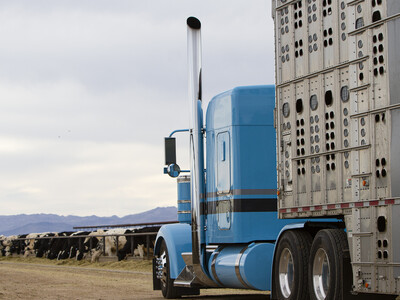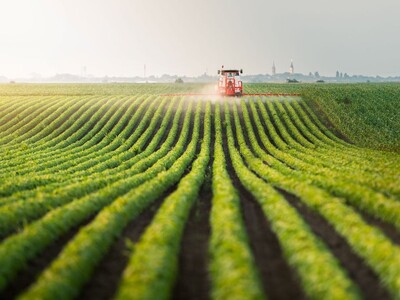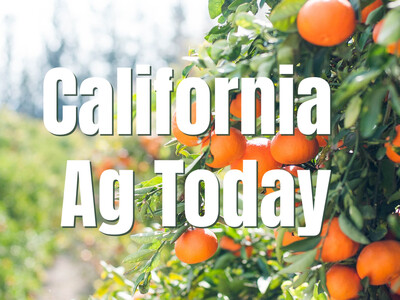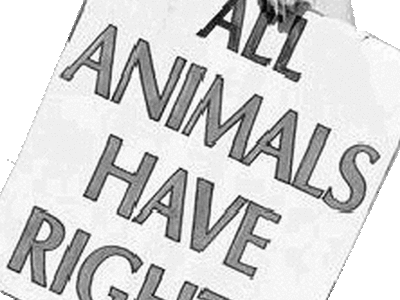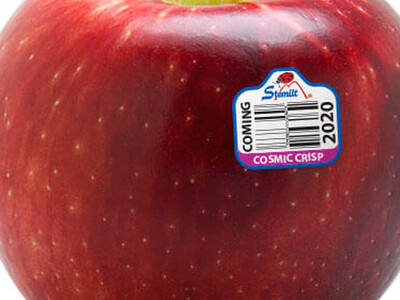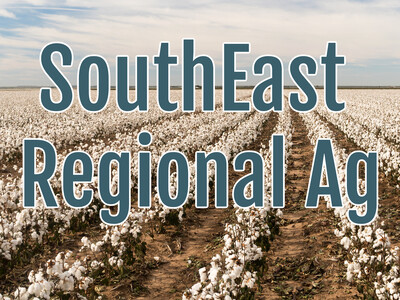Spill Prevention, Control, and Countermeasure Rule
Spill Prevention, Control, and Countermeasure Rule. I’m Greg Martin with today’s Line On Agriculture.
Beginning in November, the EPA will require farming operations to have a spill prevention plan and secondary containment. Kate Spaulding, EPA Enforcement Compliance Officer discusses the details of the SPCC.
SPAULDING: The SPCC Rule is the Spill Prevention, Control and Countermeasures Rule and it’s part of the oil pollution regulation. It was basically put into place to help facilities that store over 1,320 gallons of oil in containers of 55 gallons or above on-site and have pathways to waters of the U.S. either through an irrigation ditch that connects to waters or a stream
The rule was put into place to help facilities prevent oil spills and contamination of water supplies.
SPAULDING: It has the facilities put into place secondary containment to help avoid a spill, if a physical spill occurs that secondary containment gives them time to clean it up and it also puts together kind of an emergency response framework for the facility owners and operators, something they can refer to in case a spill occurs.
That would include contact information and also inspection requirements in case of an EPA inspection.
SPAULDING: We have inspectors go out every year and perform a number of inspections throughout the state. So if a facility has a spill then that spill will receive some level of enforcement. A lot of programs that stem from the Clean Water Act, the facilities will have discharge permits and they are required to be self-reporting so they send us what the permit requires.
One Oregon group recently received a $34-thousand dollar penalty for a diesel fuel spill that found its way into a main irrigation ditch.
SPAULDING: They didn’t have anything in place nor were they actually required to have anything in place until this deadline that’s coming up which is November 10, 2011.
If you have questions about the SPCC Rules and what is needed you can check out their website at www.epa.gov/emergencies/content/spcc.
That’s today’s Line On Agriculture. I’m Greg Martin on the Ag Information Network.





